#chironomidae
Note

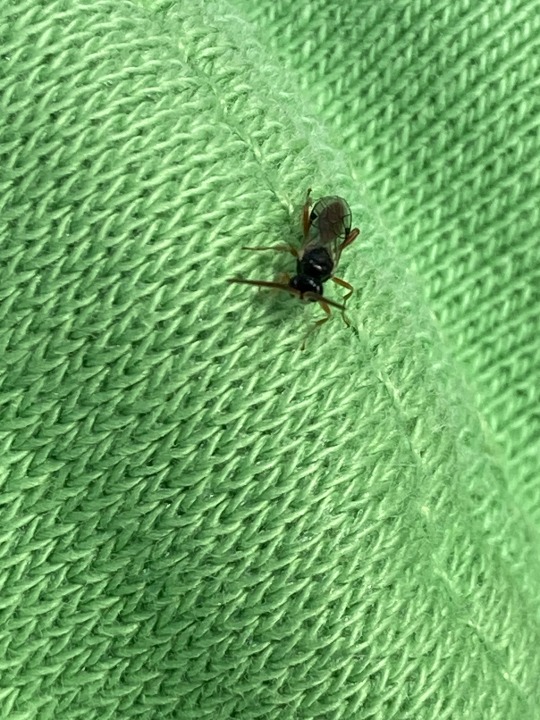


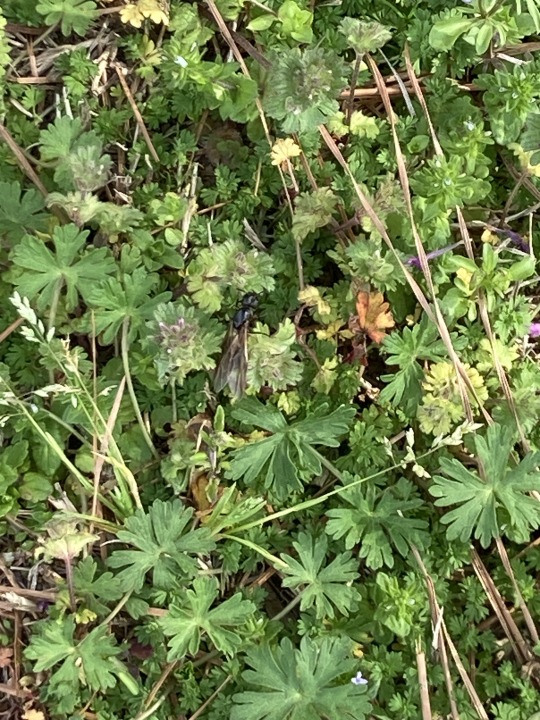

A selection of friends found recently. Unfortunately, the luna moth was probably dead. The bee was relocated off the sidewalk after I took the photo so she wouldn’t get stepped on.
A great group of pals! Glad the bee was safely relocated. As for the luna moth, adults don't live particularly long anyway, so hopefully he got to mate before perishing.
#waltzing-with-my-inner-geek#insects#bugs#submission#moth#luna moth#dead bugs#bee#midge#chironomidae#wasp#ant
86 notes
·
View notes
Text
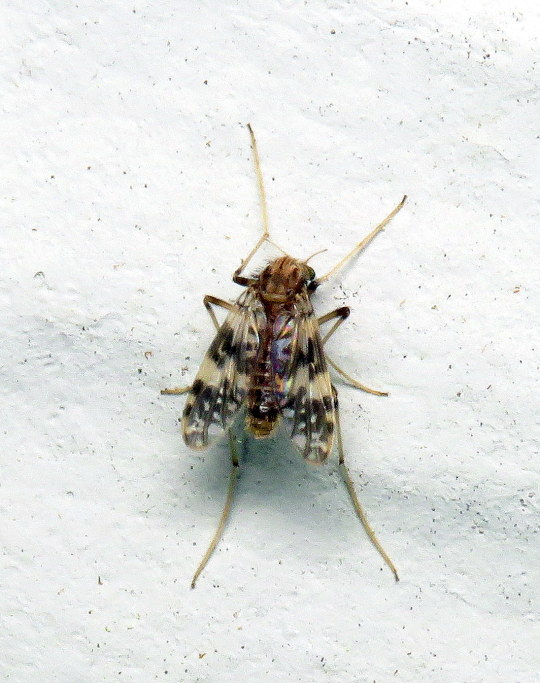
Bug of the Day
Happy Fly Day Friday!! Please enjoy the excellent wing patterning on this tiny, non-biting midge, Psectrotanypus dyari.
#Psectrotanypus dyari#Psectrotanypus#non-biting midge#midge#insect#fly#Diptera#bug of the day#BotD#fly day Friday#FDF#Chironomidae
132 notes
·
View notes
Text

49 notes
·
View notes
Text
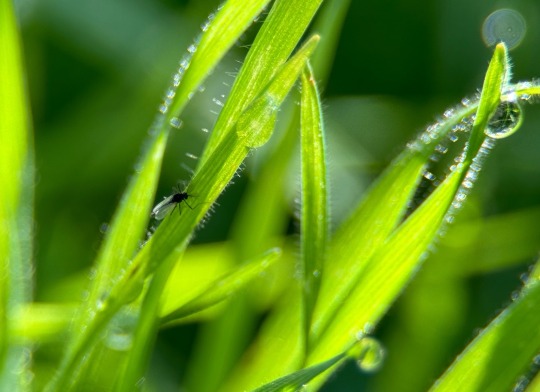
Non biting midge (Chironomidae) resting after a morning rain.
There’s been a lot these guys in the field (with swampy area) near where I live. Adult midges tend to not live very long, so many species form swarms of mostly males near habitat suitable for their aquatic larvae. It is thought that the males swarm to attract more females to an area.
This individual is most likely a male because of his large feathery antennae. Here’s a close-up:
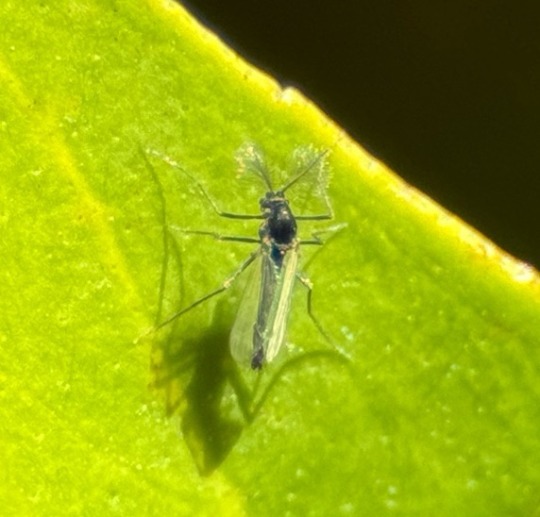
#Chironomidae#midges#flies#diptera#nature#bugs#nature photography#biodiversity#animals#inaturalist#arthropods#bugblr#entomology#insect appreciation#insect#feather duster#macro photography#macro#nature appreciation#pretty#rain#dew drops
9 notes
·
View notes
Photo
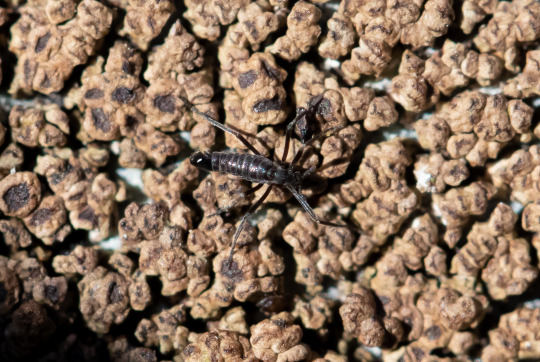
Antarctic Midge (Belgica antarctica)
Family: Non-Biting Midge Family (Chironomidae)
IUCN Conservation Status: Unassessed
A tiny species of wingless fly, the Antarctic Midge is not only the only species of insect found in Antarctica but also the largest purely terrestrial animal on the continent, despite being only around 2-7mm (0.08-0.3 inches) in length - every larger animal is either capable of flight or semi-aquatic. Found mainly in coastal regions of the continent, this species spends most of its life in a larval form and is active only during the relatively warm spring and summer, spending the winter in hibernation underground. Antarctic Midge larvae feed on detritus, algae, mosses and large single-celled organisms and can survive in temperatures of as low as −15 °C (5°F), with temperatures above 10°C (50°F) being potentially fatal to them. At around 2 years of age the larvae develop into wingless, flightless adults that gather in enormous mating congregations during the spring and summer (similarly to the mating swarms seen in flying midge species), shortly after which females produce large clusters of eggs which they coat in a gelatinous substance secreted from their ovipositor that acts as a sort of antifreeze to prevent ice from forming, and also provides a source of nutrients for the larvae once they hatch around 40 days later. Adult Antarctic Midges typically die within just 10 days of reaching adulthood.
--------------------------------------------------------------------------
Animal Advent Calendar - Day 14
Image Source: https://www.inaturalist.org/taxa/353460-Belgica-antarctica
#December 14th#Antarctic Midge#midges#midge#fly#flies#chironomids#chironomidae#zoology#biology#entomology#animal#animals#wildlife#antarctic wildlife#antarctica#insect#insects#tw insect#tw insects
20 notes
·
View notes
Text
a grass spider eating a midge
#aeg's ecology tag#bug cw#spider cw#Agelenopsis#Chironomidae#you can even see the midge’s antennae lmao-#arachnids#spider#arachnid#ecology#lycosidae
9 notes
·
View notes
Photo
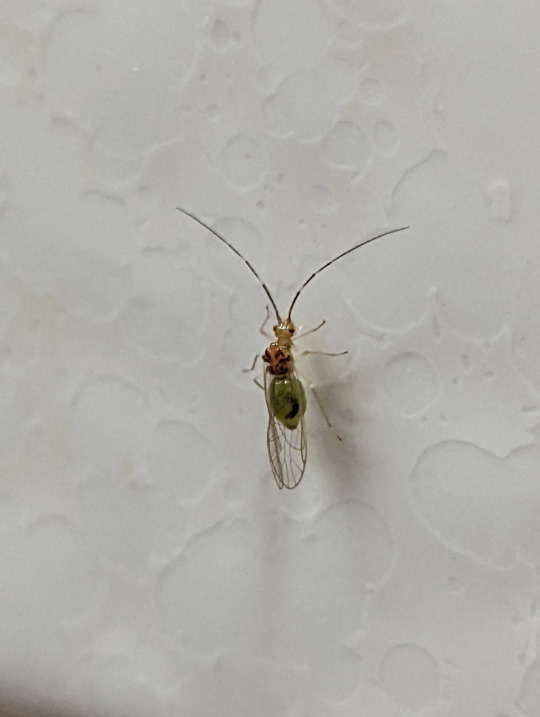



Public Bathroom bugs
Unidenitfied, order Psocodea
Microstola ammoscia
Unidentified, order Ephemeroptera
Unidentified, subfamily Chironominae
06/07/22
#Psocodea#Microstola ammoscia#Ephemeroptera#Chironominae#Mayflies#Chironomidae#Non-biting Midges#Nematocera#Nematoceran Flies#Culicomorpha#Diptera#Flies#midges#Lepidoptera#moths#mothblr#Lithosiini#Lichen Moths#Arctiinae#Noctuoidea#Unidentified#invertblr#invertebrates#Arthropods#Arthropoda#nature#insectblr#bugblr#insects#insecta
6 notes
·
View notes
Text


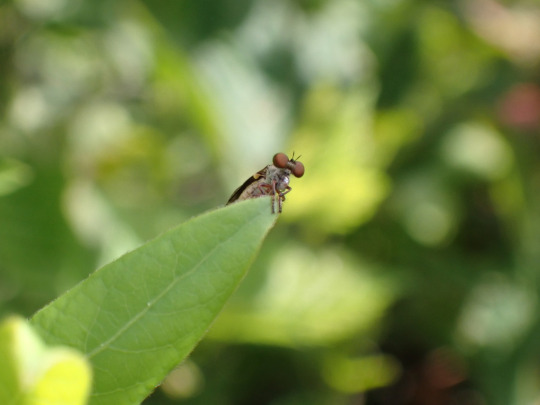
Some small flies
1 note
·
View note
Photo

Non-biting Midge
Photo taken in Millersville, MD
04/04/2022
Photography by Nisha Wolfe
#Non-biting Midge#Chironomidae#Millersville#Maryland#MD#Photography#My Photography#insect#04/04/2022
0 notes
Text

ユスリカ、Chironomidae、2月24日、愛知県
18 notes
·
View notes
Text

Drosera sp. (sundew) capturing a midge (Chironomidae, non-biting midges).
I used to think these were mosquitoes, but it notably lacks a proboscis.
Canon 60D
Canon EF 100mm f/2.8 USM macro
Extension tubes
#insects#diptera#drosera#macro#midges#chironoptera#carnivorous plants#sundew#sundews#death#tentacles#captured#arthropods#bugs#flies#insect macro#skydarcyedwards#weird#perth
38 notes
·
View notes
Photo
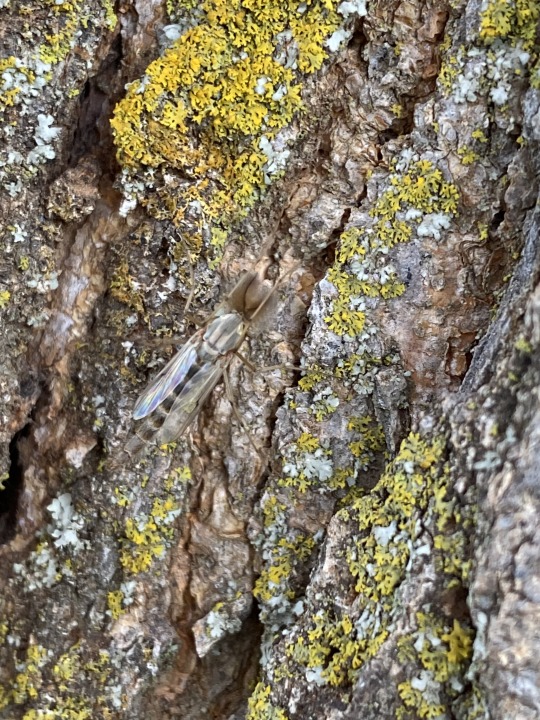
@uttotheegg submitted: Hope im doin this right lol Found this one in [removed] (not sure how specific you need, also pls remove location) wish i could have gotten a better photo before they flew off!
It does help to have at least a specific state, but either way, this fella looks like a male midge in the genus Chironomus.
72 notes
·
View notes
Text
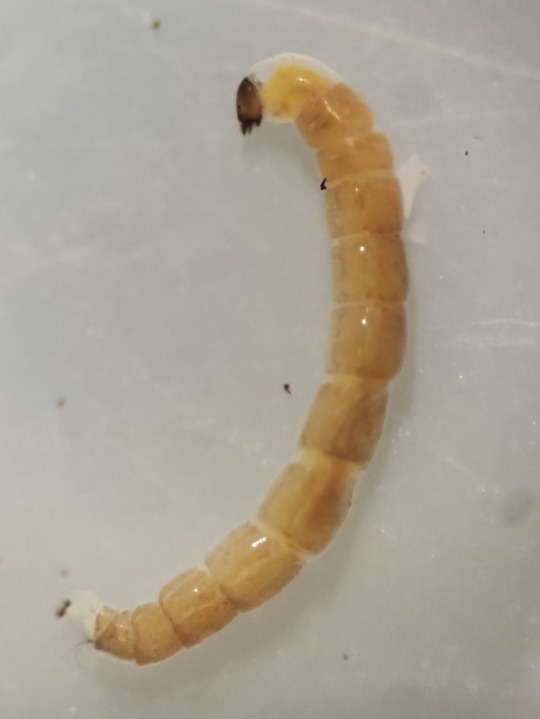

Chironomidae (midge) larva and Trichoptera (caddisfly) larva
4 notes
·
View notes
Photo


39 notes
·
View notes
Photo









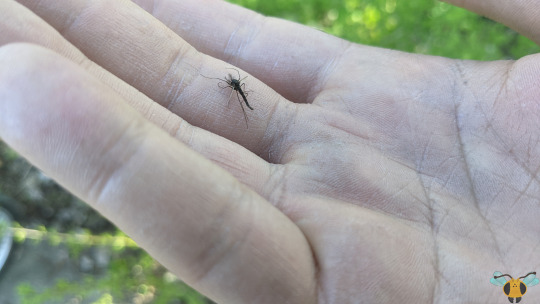
Midges - Family: Chironomidae | Species unknown
After last week’s video post showcasing these insects and their dancing formations over flowing water, this week we’ll attempt to get a closer look at them. It’s funny how the insects seem of reasonable size when you actually hold or see one, but when looking at them against the sky, one could be mistaken to thinking that it’s just birds flying in the distance. Each speck represents one Midge flying around so there’s probably 50 or so in picture 2. Those are rather small, and actually very close, but not all Midges are so tiny. Some are larger, and there is a size difference between females and males. Based on what I’ve read females are larger, but the males have plumose antennae. More than a decoration for their appearance, they (similar to Moths) use those feathered antennae to help them find a mate. Looking at the individual I’ve caught in Pictures 1 and 10, you can get a closer look at the features. Take note of the elongated body, shortened wings, feathered antennae and the positioning of the front legs. Though a bit roughed up from the capture, this hardy fellow was able to fly away after a few pictures. These are non-biting Midges, which may imply that there are biting Midges...and yes there are. Those belong to the family Ceratopogonidae and some do bite humans.
As said earlier, they are drawn to bodies of water and moist environments as those places are beneficial places for the placing of eggs. The adult Midges need to get to work quickly as they usually live for a few weeks, if that long. Depending on the specie, they may not even feed when they are adults (some take honeydew or nectar), so the timing is quite urgent. Fortunately, they can mitigate most risks with simultaneous emergence (again, it depends on the specie) and the emerge of massive swarms. While annoying for boaters, bikers and visitors of a waterfront, the sheer numbers of Midges allow more than enough to survive to ready the next generation, even if a few get caught in spider webs or eaten by other predators. They lack defenses aside from their flying prowess, and since they’re often mistaken for Mosquitoes, they can be eaten or swatted at with little thought. While similar in appearance to Mosquitoes and closely related to them, these non-biting Midges don’t have a taste for blood and have a few differences that you can use to tell them apart, all of which can be found in the first paragraph of this post. The front legs should stand out immediately, and as such both insect groups have different postures when landed.
Pictures were taken on May 11 and 15, 2022 with a Google Pixel 4.
#jonny’s insect catalogue#ontario insect#fly#midge#midge swarm#black midge#diptera#insect#toronto#may2022#2022#non-biting midge#non biting midge#unidentified#entomology#nature#invertebrates
2 notes
·
View notes
Text
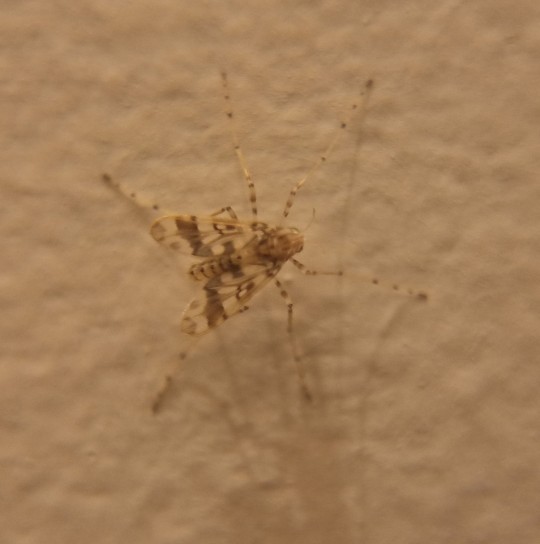
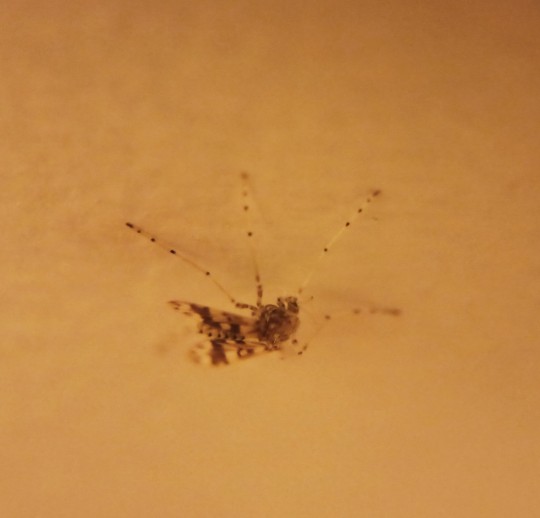


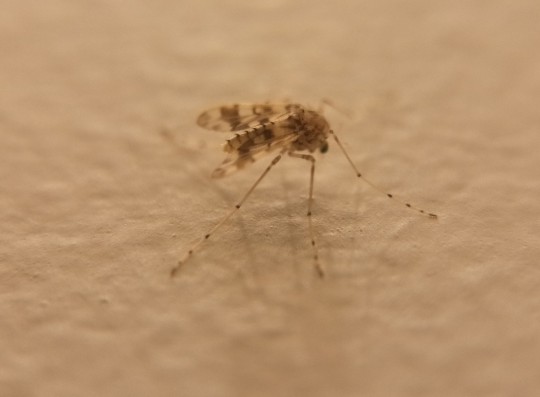
Tanypodinae is a subfamily of midges in the non-biting midge family (Chironomidae). подсемейство двукрылых семейства комаров-звонцов. Комары-звонцы, или комары-дергуны, или хирономиды (лат. Chironomidae) — семейство из отряда двукрылых. 7046 видов. Свое название комары получили из-за характерного звука, который возникает из-за высокой частоты взмахов крыльев (до 1000 в секунду). Взрослые особи, за редкими исключениями, не питаются, их ротовые органы недоразвиты. Личинки комаров-звонцов, некоторые из которых известны как мотыль, живут в придонном иле. Личинки питаются детритом и микроорганизмами, некоторые являются хищниками. Комары-звонцы безвредны для человека, во взрослом состоянии питаются нектаром и медвяной росой.
The larvae are generally carnivorous and their mouthparts are adapted for predation on small invertebrates (including other chironomid larvae) although 1st and 2nd instar larvae also feed on algae.
Class:Insecta
Order:Diptera
Family:Chironomidae
Subfamily:Tanypodinae
The non-biting midge subfamily Tanypodinae (Diptera: Chironomidae) is species-rich, ecologically diverse, and near-globally distributed. Within the subfamily, aspects of generic and species-level taxonomy remain poorly understood, in particular the validity of assignment of Australian and New Zealand taxa to genera erected for northern hemisphere (Holarctic) fauna.
47/22 Northcross Drive, Oteha, Auckland 0632
7PJC+M48 Auckland
-36.7183440, 174.7203140
наземные насекомые членистоногие беспозвоночные двукрылые мошки
0 notes